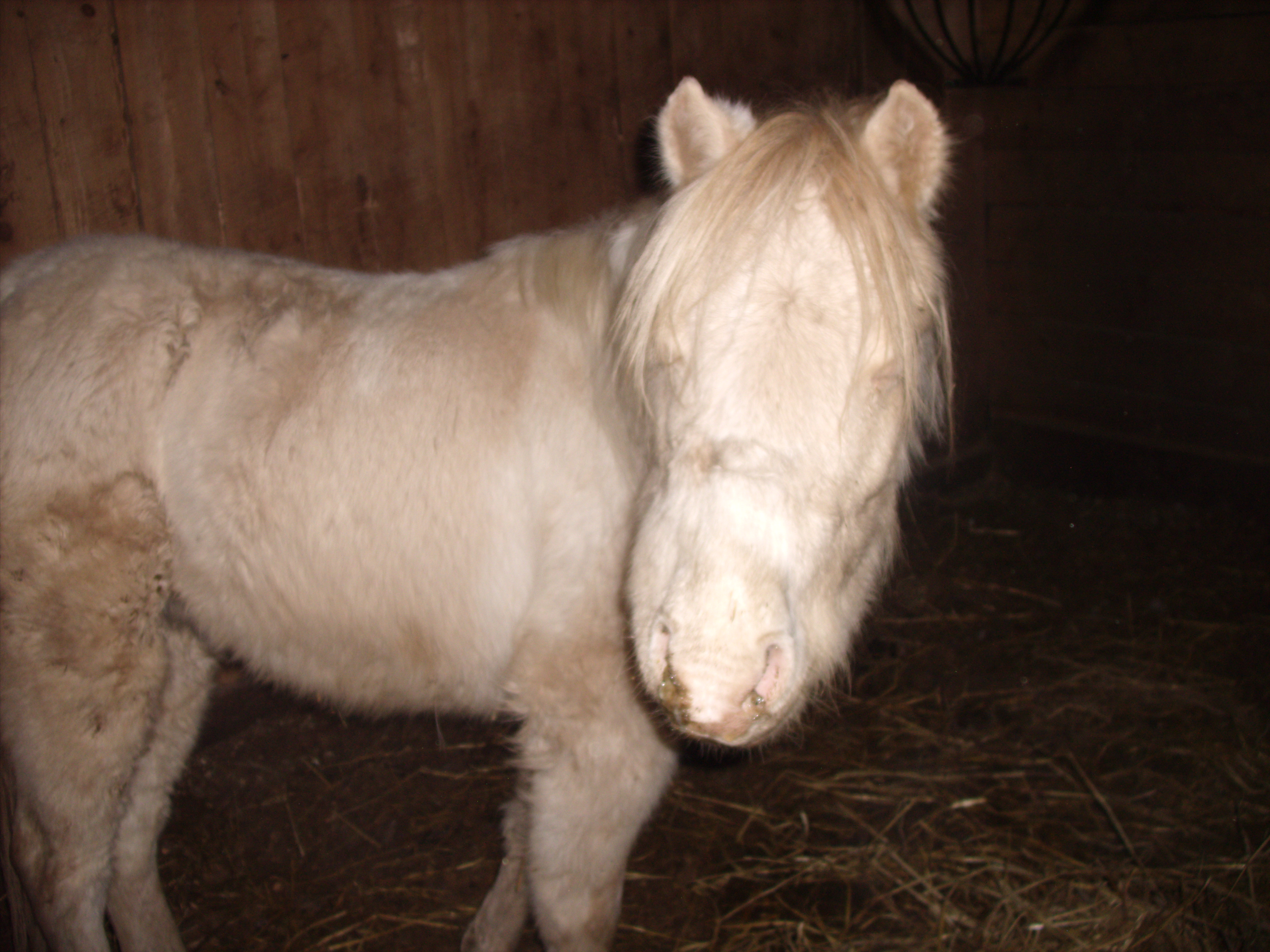|
Pigeon Fever
Pigeon fever is a disease of horses, also known as dryland distemper or equine distemper, caused by the Gram-positive bacteria ''Corynebacterium pseudotuberculosis'' biovar ''equi''. Infected horses commonly have swelling in the chest area, making it look similar to a "pigeon chest". This disease is common in dry areas. Pigeon fever is sometimes confused with strangles, another infection that causes abscesses. Symptoms Three common forms of pigeon fever affect horses – ulcerative lymphangitis, external abscess, and internal infection. The severity of symptoms varies depending on various factors such as age, immune system health, and nutrition. The bacteria have an incubation period of 3–4 weeks. Ulcerative lymphangitis Ulcerative lymphangitis is the least common form of pigeon fever seen in horses. It is characterized by severe limb swelling and cellulitis in one or both hind limbs, and can lead to lameness, fever, lethargy, and loss of appetite. Antimicrobial and anti-infla ... [...More Info...] [...Related Items...] OR: [Wikipedia] [Google] [Baidu] |
Corynebacterium Pseudotuberculosis
''Corynebacterium pseudotuberculosis'' is a Gram-positive bacterium known globally to infect ruminants, horses, and rarely people. This bacterium is a facultative anaerobic organism that is catalase-positive and capable of beta-hemolysis. In small ruminants, ''C. pseudotuberculosis'' causes a disease called caseous lymphadenitis characterized by pyogranulomatous abscess formation. In general, this bacterium causes lesions of the skin, lymph nodes, and internal organs. A disease known as ulcerative lymphagenitis can also result from infection with ''C. pseudotuberculosis'' in the distal limbs of horses. This bacterium uses the virulence factors phospholipase D and mycolic acid to damage eukaryotic cell walls and resist phagocytic lysosomal degradation, respectively. Infection with this bacterium is often confirmed by bacterial culture of the purulent exudate. Once the diagnosis has been made, treatment of the infection can begin, but this is difficult due to the nature of the ... [...More Info...] [...Related Items...] OR: [Wikipedia] [Google] [Baidu] |
Strangles
Strangles (equine distemper) is a contagious upper respiratory tract infection of horses and other equines caused by a Gram-positive bacterium, ''Streptococcus equi''. As a result, the lymph nodes swell, compressing the pharynx, larynx, and trachea, and can cause airway obstruction leading to death, hence the name strangles. Strangles is enzootic in domesticated horses worldwide. The contagious nature of the infection has at times led to limitations on sporting events. Signs A horse with strangles typically develops abscesses in the lymph nodes of the head and neck, causing coughing fits and difficulty swallowing. Clinical signs include fever up to 106°F and yellow-coloured nasal discharge from both the nose and eyes. Abscesses may form in other areas of the body, such as the abdomen, lungs, and brain. This is considered a chronic form of strangles called "bastard strangles", which can have serious implications if the abscesses rupture. Horses develop this form of strangle ... [...More Info...] [...Related Items...] OR: [Wikipedia] [Google] [Baidu] |
Ichthammol
Ammonium bituminosulfonate or ammonium bituminosulphonate (synonyms of ichthammol, CAS# brand name: Ichthyol) is a product of natural origin obtained in the first step by dry distillation of sulfur-rich oil shale (bituminous schists). By sulfonation of the resulting oil (or purified fractions thereof), and subsequent neutralization with ammonia, Ichthammol results as a viscous, water-soluble substance with a characteristic bitumen-like odor. It is used in medicine (sometimes in combination with zinc oxide) as a treatment for different skin diseases, including eczema and psoriasis (see below). Ointments containing 10% or 20% Ichthammol are most common. They are sometimes called "black ointments" or "drawing salves". Ichthammol's dermatological action was promoted by German physician Paul Gerson Unna. Composition From elemental analysis, the composition of Ichthammol was calculated to be C28H36S5O6(NH4)2. However, as a product of natural origin, it is a mixture of many diffe ... [...More Info...] [...Related Items...] OR: [Wikipedia] [Google] [Baidu] |
Phenylbutazone
Phenylbutazone, often referred to as "bute", is a nonsteroidal anti-inflammatory drug (NSAID) for the short-term treatment of pain and fever in animals. In the United States and United Kingdom, it is no longer approved for human use (except in the United Kingdom for ankylosing spondylitis), as it can cause severe adverse effects such as suppression of white blood cell production and aplastic anemia. This drug was implicated in the 2013 meat adulteration scandal. Positive phenylbutazone tests in horse meat were uncommon in the UK, however. Uses In humans Phenylbutazone was originally made available for use in humans for the treatment of rheumatoid arthritis and gout in 1949. However, it is no longer approved, and therefore not marketed, for any human use in the United States. In the UK it is used to treat ankylosing spondylitis, but only when other therapies are unsuitable. In horses Phenylbutazone is the most commonly used NSAID for horses in the United States.McIlwraith CW, Fr ... [...More Info...] [...Related Items...] OR: [Wikipedia] [Google] [Baidu] |


